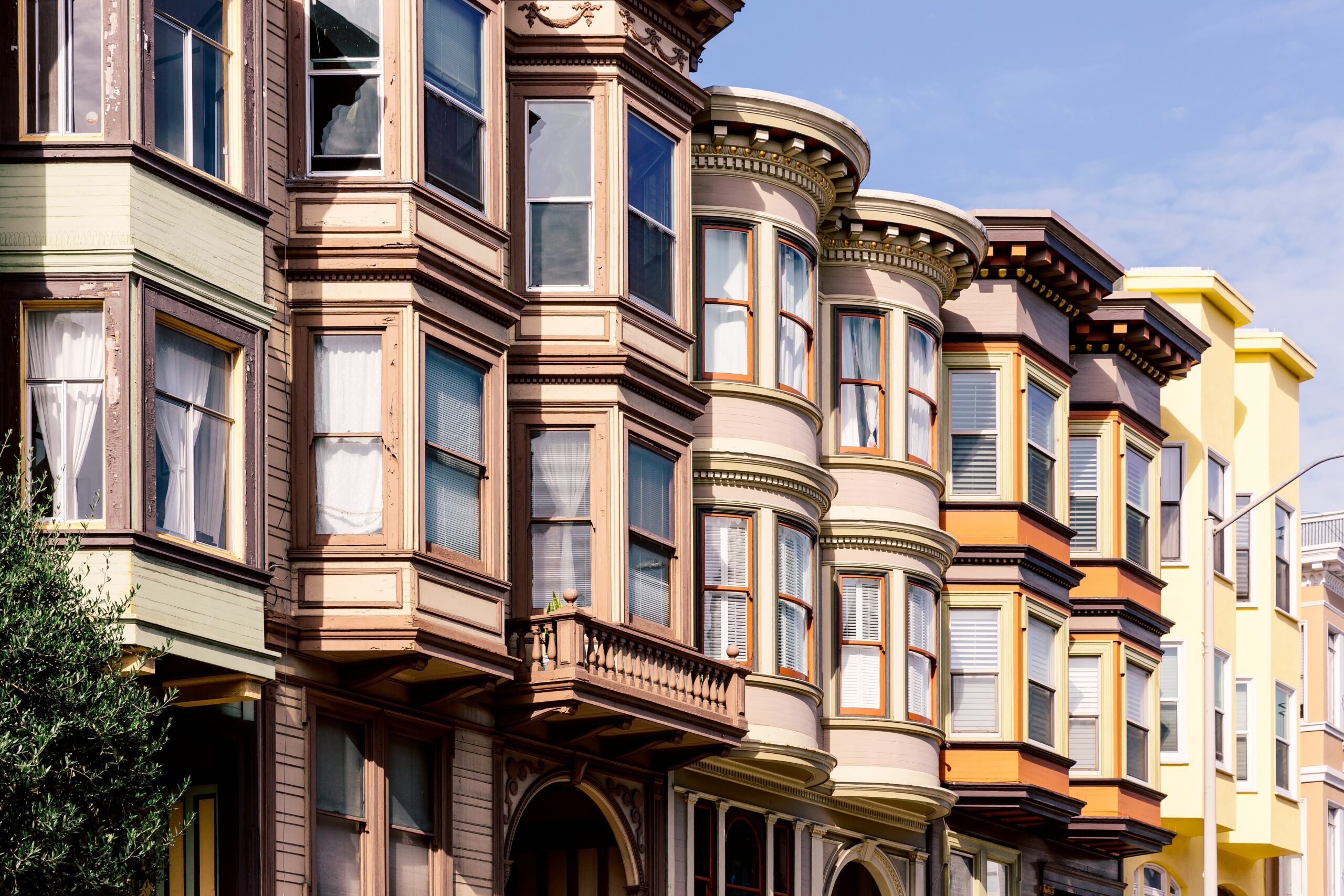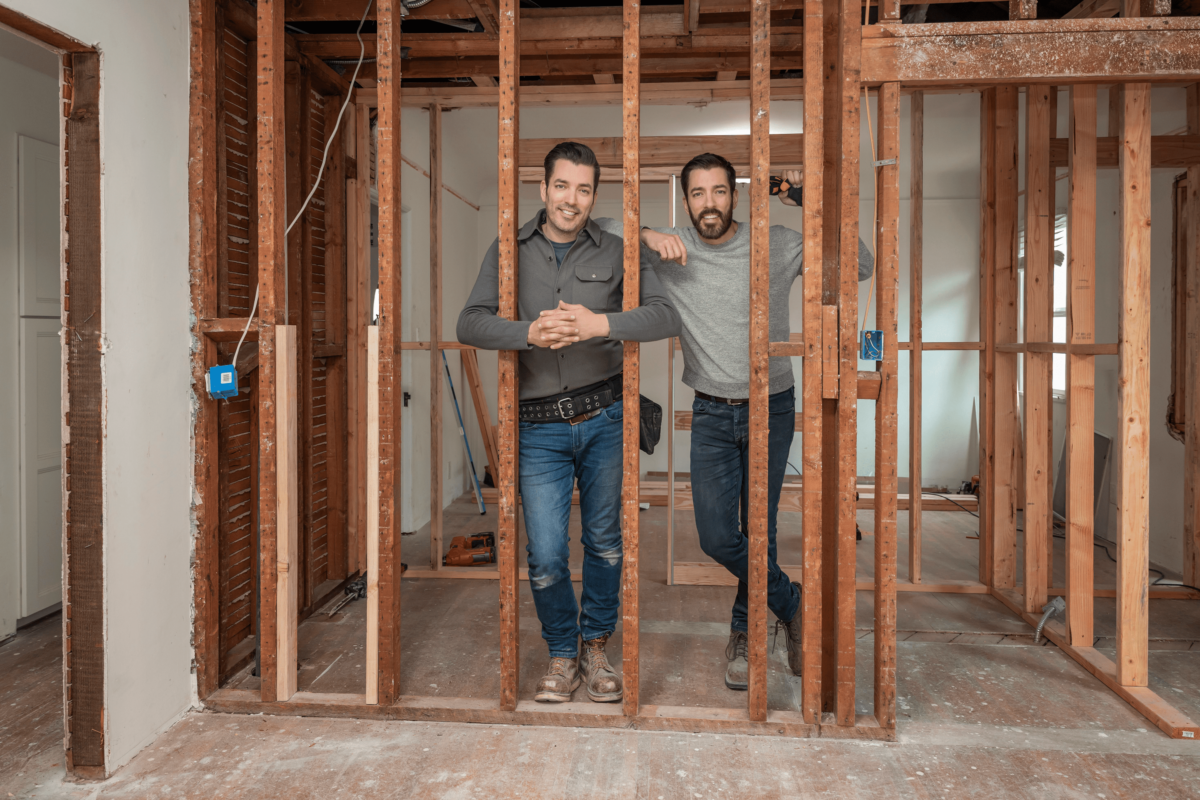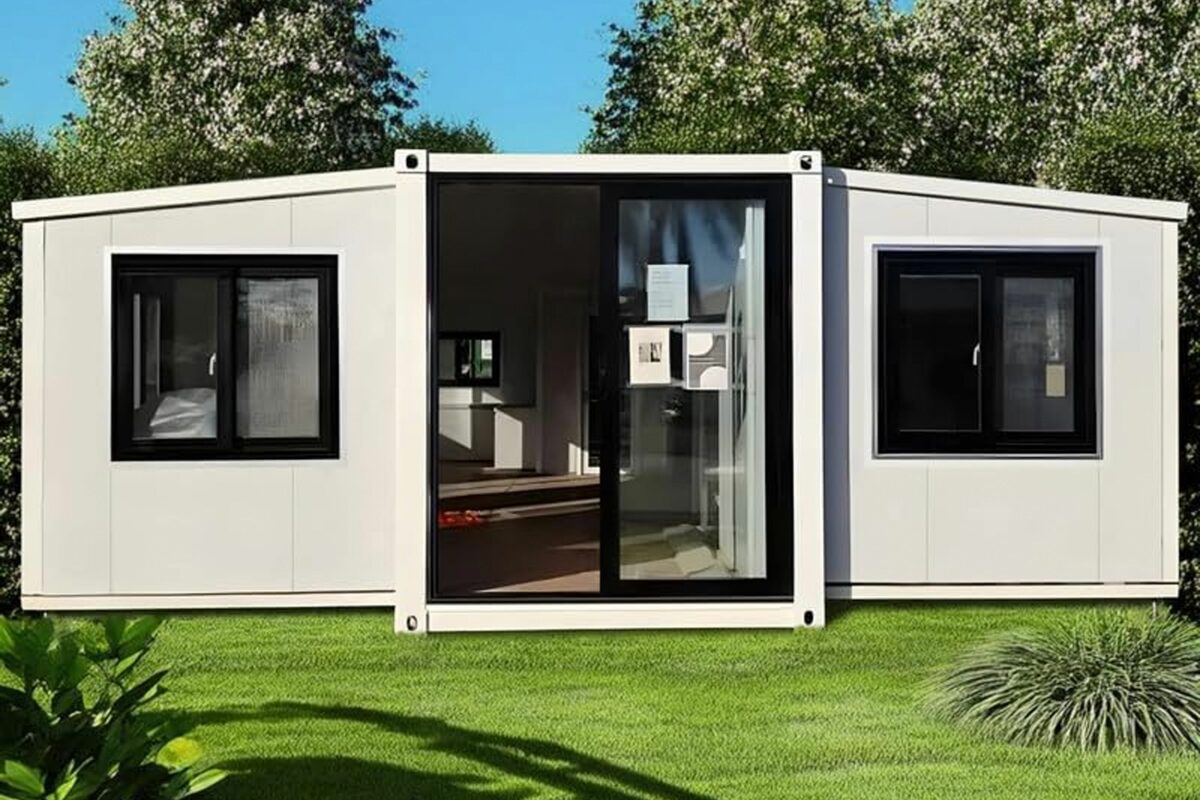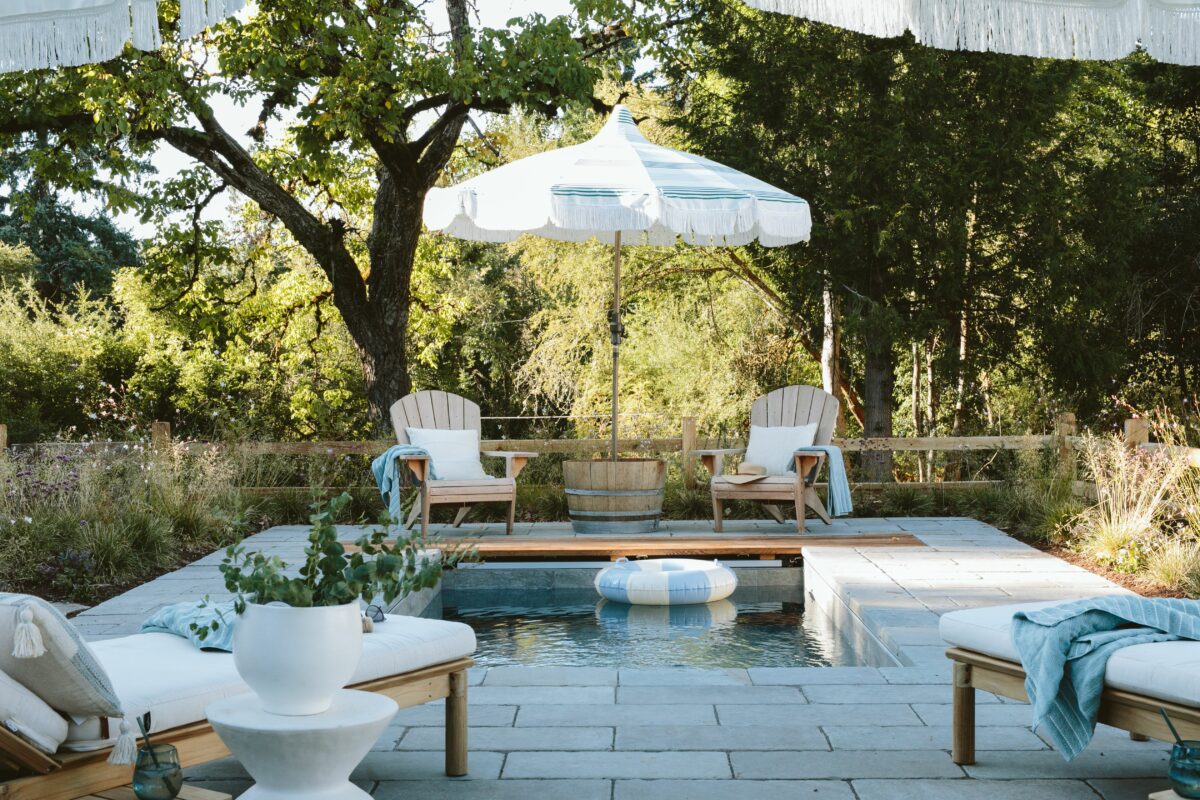Edwardian architecture is often overlooked in the United States, where it’s much less pervasive than its popular Victorian predecessors. In fact, if it wasn’t for a historic earthquake, we might not be talking about this architectural style in the U.S. today. Characterized by an emphasis on light and space, Edwardian-style homes represent a transitional period influenced by multiple architectures and changing lifestyles.
Getty Images/ Richard Newstead
Brief History of Edwardian Architecture
Edwardian refers to King Edward VII, the monarch of the United Kingdom immediately following the Victorian era. He reigned from 1901 to 1910, and the architectural style during that brief period bears his name. You might see the Edwardian timeline extended to 1914 and the start of World War I, but it technically ended with his death in 1910.
The Edwardian architectural style developed—and flourished—in England. It was influenced by significant changes in lifestyle and technology happening at the turn of the century: people began living in more suburban areas, electricity and plumbing became more widespread, and space for household staff became less necessary. As a result, Edwardian style can be found on attached and terraced houses, apartment buildings, and standalone houses alike.
“Edwardian architecture is primarily found throughout the British Empire,” says architect and historian Kate Reggev. “In North America, the style is most frequently found in Canada, although San Francisco is an exception in the United States.”
At the time, Reggev says, residential architecture in the U.S. was more typically “revival styles” such as Colonial Revival and Tudor Revival. But in 1906, an earthquake near San Francisco collapsed parts of the city and caused devastating fires, ultimately destroying thousands of buildings. Shortly after the fire, the city underwent a major rebuilding campaign—and the architecture of choice was Edwardian.
Today, the Edwardian style can be found in high concentration in the areas of San Francisco impacted by the 1906 fires, including the financial district, Telegraph Hill, North Beach, and Knob Hill.
Getty Images / Barry Winiker
Characteristics of Edwardian Architecture
Edwardian Architecture vs. Victorian Architecture
Aesthetically, Edwardian architecture was largely influenced by Victorian architecture, but the simplistic symmetry of Georgian architecture, Arts and Crafts’ box beams, and Tudor’s timber styles also had an impact.
Plus, like other housing styles that have crossed oceans and continents, Edwardian architecture also has its own geographic flair. Around London, for instance, red brick and white accents are a strong visual indicator, while a dominant triangular look from a steep gable may indicate an Edwardian home in Vancouver.
In the U.S., there may be more similarities than differences between Edwardian vs. Victorian architecture, but there are clear distinctions between the two eras. “Aesthetically, these buildings were typically similar in style, form, and decorative elements,” says Reggev. “However, they [Edwardians] are often simpler with a more delicate, airy feel.”
Though still highly decorated compared to later styles such as Craftsman or Bauhaus, Edwardians have less elaborate detailing compared to their Victorian counterparts, like the extravagant spindled Queen Anne style. Though Victorian and Edwardian may seem near-identical at first glance, a closer look reveals significantly less ornamentation on the facade and roof, and less emphasis on the multiple floors and levels.
Signature Elements of Edwardian-Style Homes
“Edwardian homes are often asymmetrical with highly decorative features on the exterior,” says Reggev.
Classical ornamentation like cornices, dentils, and block modillions are common to the facade, according to Reggev. Columns are another classical feature that pop up around windows or porches.
Flat roofs and bay windows are common to the style according to Reggev, as well as stained glass window accents. Rounded bay windows and bow windows often stand out in San Francisco Edwardians.
Inside, Edwardians offer large, bright rooms. According to Reggev, high ceilings, tall windows, and natural light are characteristic of Edwardian interiors. “Think more bright than dark and moody like Victorian era interiors,” says Reggev. Layouts were also less closed off, contributing to the airy interior experience.
Brighter colors were also becoming more popular for surfaces, in part because electricity was beginning to eliminate soot from abundant candles, oil, and gas lamps as well as other agents that blackened home exteriors and interiors.
Interior decor often showcased strong influences of Arts and Crafts and Art Nouveau. For example, floral designs and motifs came into the home through wallpaper, rugs, and interior decor such as decorative fireplace mantels or fixtures like the iconic Tiffany lamps that were popular at this time.






